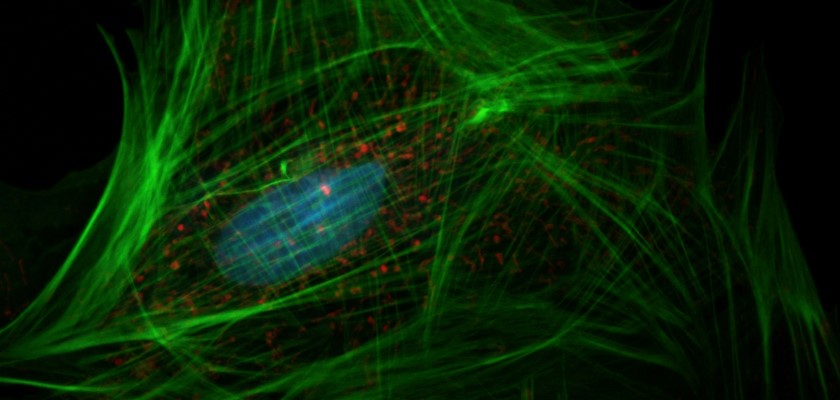Since the discovery of nanobodies, their array of advantages has positioned them as precise and efficient therapeutic or research tools in the life sciences domain.
In the realm of neurological diseases, their outstanding characteristics, such as small molecular size, simple structure, and ease of modification, particularly the high penetrative ability of nanobodies, present an undeniable advantage for the diagnosis and treatment of neurological disorders. These features make nanobodies an ideal choice for addressing neurological diseases.

Due to the simple and modifiable structure of nanobodies [1-3], they can be engineered with specific affinities to precisely target lesions in the nervous system. By modifying the structure and function of nanobodies, precise drug delivery can be achieved, minimizing impact on healthy tissues. Moreover, nanobodies can penetrate the blood-brain barrier, delivering drugs to the areas of brain lesions, thereby enhancing therapeutic efficacy.
In neuroimmune regulation and therapy, nanobodies can assist in suppressing or eliminating harmful proteins in nerve injury, such as β-amyloid protein in Alzheimer's disease and α-synuclein in Parkinson's disease. By binding to and clearing these abnormal proteins [4, 5], nanobodies can alleviate disease progression and pathology, mitigating neuronal damage and improving cognitive function. This neuroregulatory mechanism helps alleviate symptoms in patients with neurological disorders and promotes disease recovery.

Nanobodies also play a significant role in the diagnosis of neurological disorders.
Due to their small size and high affinity, nanobodies can recognize and bind to target molecules, enabling the development of highly sensitive detection tools for detecting biomarkers associated with neurological disorders. Moreover, by labeling with different fluorescent dyes, nanobodies enable multiplexed in vitro diagnostics (IVD), allowing simultaneous detection of multiple biomarkers. This provides more comprehensive information, assisting doctors in earlier and more accurate disease diagnosis, understanding disease progression, and offering suitable treatment options.
Furthermore, the development of in vitro diagnostic reagents (IVDs) based on nanobodies is not limited to neurological disorders but can also be applied to the development of diagnostic assays for tumors, viral infections, and other diseases. Compared to traditional methods, these assays are faster and more accurate.

Nanobodies, as an emerging therapeutic strategy, hold tremendous potential for the treatment of neurological disorders. Through mechanisms such as targeted drug delivery, immune modulation, and neuroregeneration, nanobodies have the capability to improve patients' quality of life and offer new hope for curing neurological diseases.







